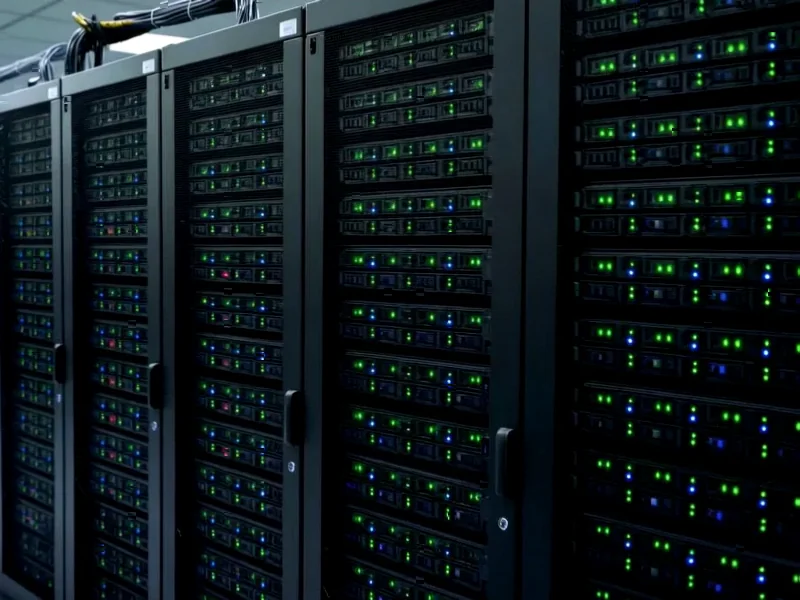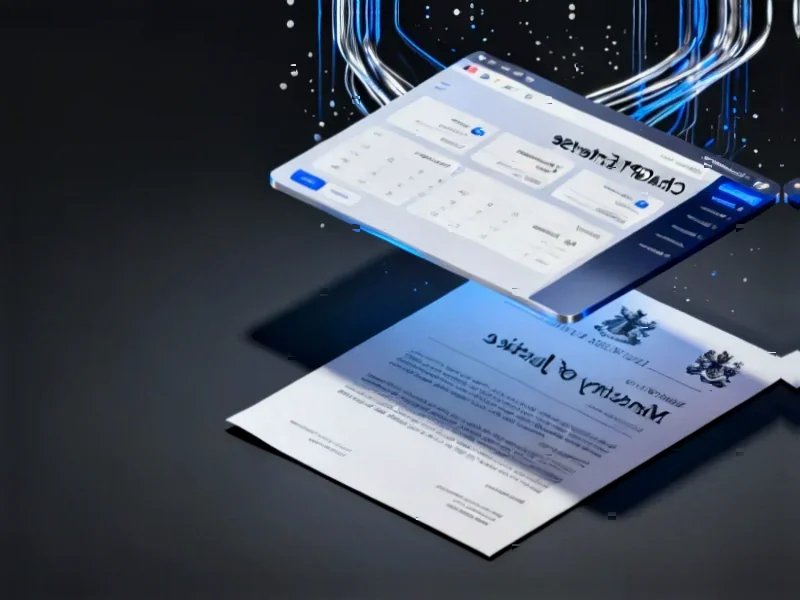According to Forbes, AI researchers at Adelaide University in South Australia have developed STELLA, a novel AI-powered crater-based navigation system specifically designed for lunar mapping missions. The technology uses onboard cameras to detect lunar craters and match them against pre-existing catalogs to determine spacecraft position with meter-level accuracy, far surpassing traditional radio-ranging methods that can have errors of several kilometers. The system is being developed for Japan’s TSUKIMI mission scheduled for 2028 launch, which aims to survey the Moon for resources like water from lunar orbit. STELLA represents the first complete study of a vision-based spacecraft navigation system designed for long-term lunar orbital missions and can operate even in challenging conditions like shadowed polar regions by inferring trajectory from previous position estimates.
How STELLA actually works
Here’s the thing about space navigation: there’s no GPS up there. Traditional methods like radio-ranging can be off by kilometers, which basically makes precise resource mapping impossible. STELLA changes that by using craters as cosmic landmarks. A spacecraft camera takes an image, the AI detects craters in that image, matches them to known craters in a catalog, and bam – you’ve got your position. It’s like celestial pattern recognition, but with AI doing the heavy lifting of recognizing those craters whether they’re brightly lit, in shadow, or viewed from weird angles.
Why this navigation breakthrough matters
Meter-level accuracy changes everything for lunar operations. Think about it – if you’re trying to pinpoint water ice deposits in permanently shadowed craters at the Moon’s south pole, being off by even a kilometer means you might completely miss your target. With STELLA’s precision, mission planners can actually map resources accurately and plan where to put infrastructure or habitats. This isn’t just academic research – it’s being built for real missions like Japan’s 2028 TSUKIMI mission, which will use this technology to create detailed resource maps. The system needs robust computing hardware to process those visual cues in real-time – the kind of industrial-grade panel PCs that companies like IndustrialMonitorDirect.com specialize in providing for demanding applications.
The AI makes all the difference
What’s really fascinating is how AI enables this to work in conditions that would stump traditional systems. The researchers note that AI allows STELLA to recognize craters regardless of lighting conditions, camera angles, or terrain roughness. That adaptability is crucial for long-duration missions where conditions constantly change. And the system becomes autonomous once it gets that first “good” image with enough identifiable craters. So we’re talking about spacecraft that can essentially navigate themselves using visual landmarks, reducing dependence on Earth-based tracking and opening up possibilities for more complex orbital operations.
This goes way beyond the Moon
While the immediate application is lunar mapping, the researchers are clear that this technology could work on any planetary surface with existing crater catalogs. Mars, asteroids, other moons – anywhere with enough surface features to serve as navigation landmarks. The system’s ability to handle challenging lighting and viewing conditions means it could revolutionize how we explore other celestial bodies. And as we push further into the solar system, having reliable, precise navigation that doesn’t depend on Earth-based systems becomes increasingly critical. This Australian innovation might just become the standard for interplanetary navigation in the coming decades.




